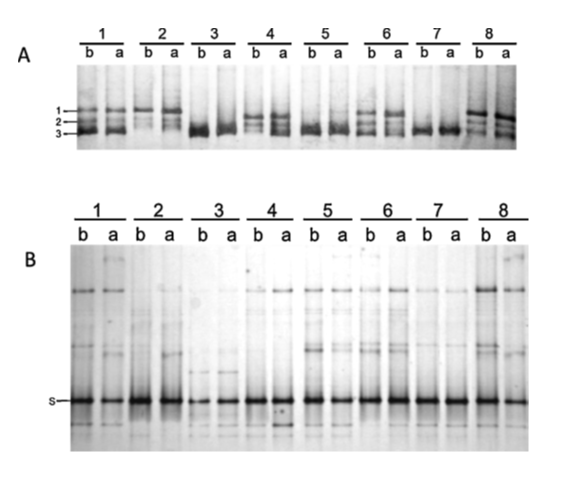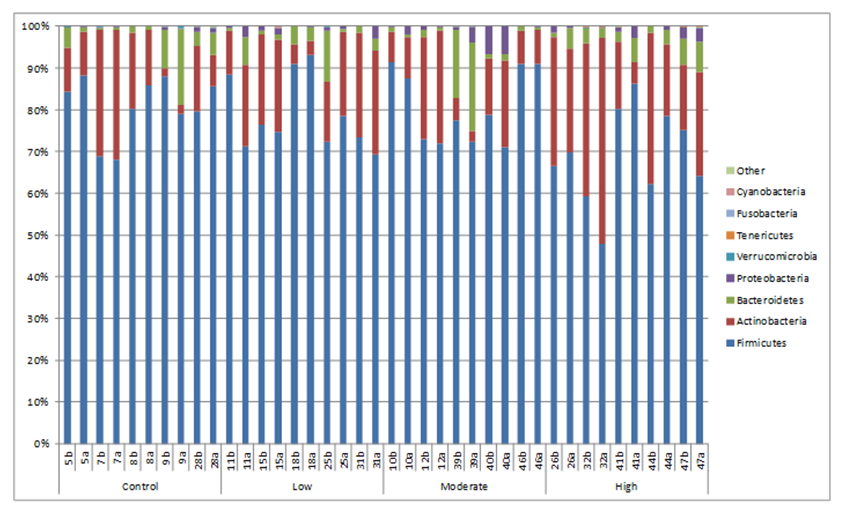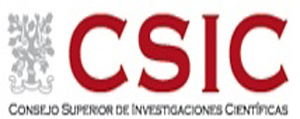Every part of the human body in contact with the exterior is inhabited by microbial communities.
The digestive tract is one of the regions with the highest microbial populations being the mouth and the large intestine the most populated
areas. In the mouth, the concerted action of enzymes present in the saliva, epithelium and microbiota starts the digestion of food components
and allows extensive growth of bacteria from nutrients in food, saliva and epithelial mucus. In the intestine, microbiota intensively participate
in the metabolism of non digestible food components, synthesis of vitamins, pathogens defense and interaction with the immune and neural system.
Physiological homeostasis in both, mouth and intestine is strictly needed to keep us healthy and the microbiota living in these two parts of the
body is essential to maintain the right balance and homeostasis.
Several external factors mostly related with the life style influence the composition and functionality of
the human microbiota. Among these factors, diet is one of the most relevant. However, it is rather uneasy that the microbiota can change at the
long term as a consequence of changes in external factors. It is possible to observe immediate microbial changes in response to sudden diet changes,
but very often microorganisms go back to the initial state. This is called microbial natural resilience and makes our microbiota highly resistant
and stable. Therefore, the resilient microbiota of a healthy individual contributes to a great extent to keep homeostasis and the healthy state
despite of changes in diet, unless the new situation takes place for a very long period of time.
The Group has carried out experimental trials with healthy adults who were consuming polyphenols during four
weeks (see Barroso et al., 2015). Results showed that saliva microbiota was rather stable and kept similar profile at the beginning and end of the
intervention period. Furthermore, metagenomic analysis of faeces microbiota from those individuals also showed stability and only significant
changes in minor microbial groups related to polyphenols metabolism, were observed.
Barroso, E., Martín V., Martínez-Cuesta, M.C, Peláez, C., Requena, T.
Stability of saliva microbiota during moderate consumption of red wine. Archives Oral Biology. 60:1763-1768.2015.
If you want to know more about human microbiota Link Here (VIDEO - Spanish)

Saliva microbiota. PCR–DGGE of ADN from saliva of eight individuals before (b) and after (a) polyphenols consumption during four
weeks. Bifidobacterium (a) and Streptococcus (B).

Metagenomics of intestinal microbiota. Relative abundance of bacterial phylotypes in faeces microbiota of individuals with
low, moderate and high polyphenols metabolic activity. Before (b) and after (a) polyphenols consumption during four weeks.











